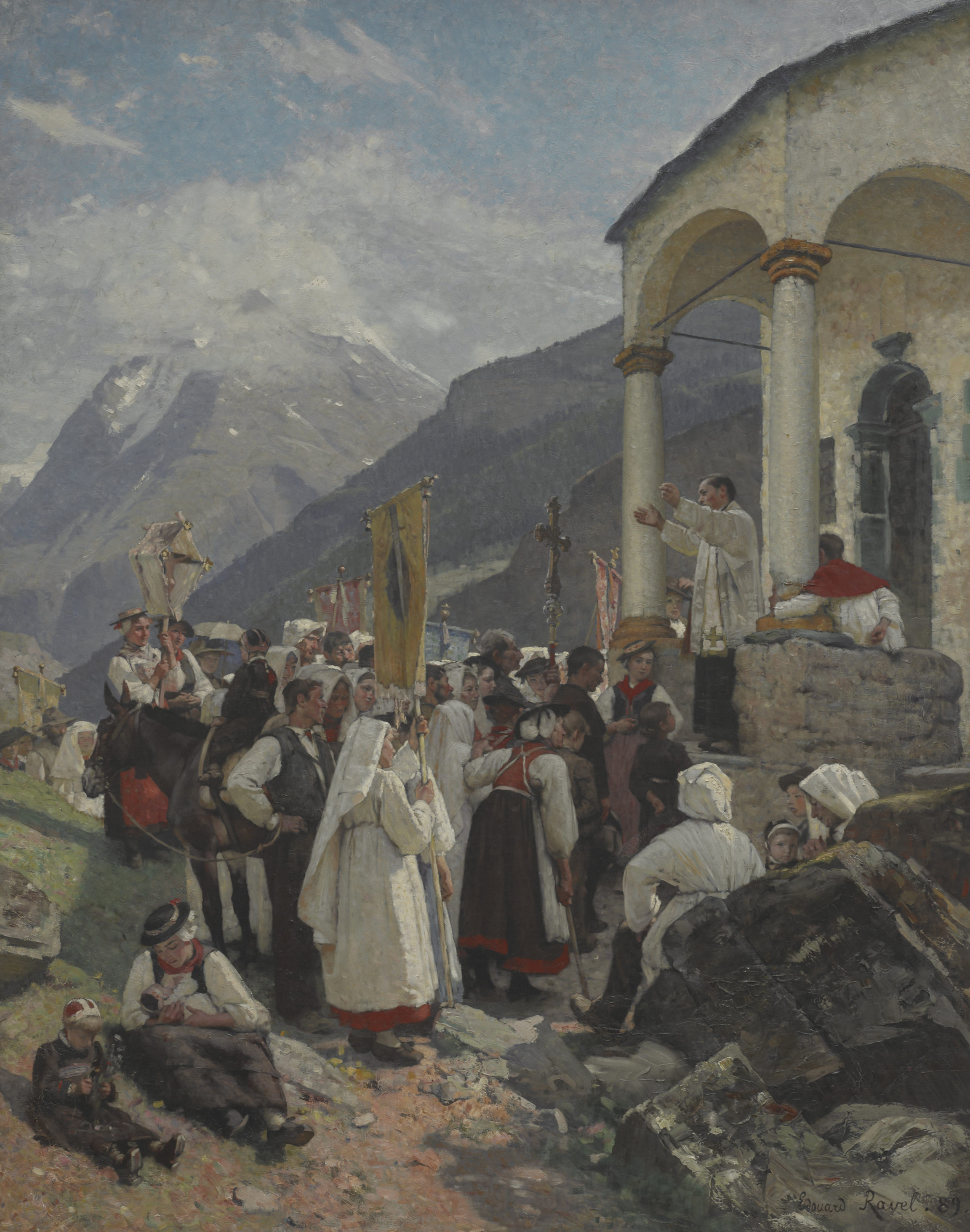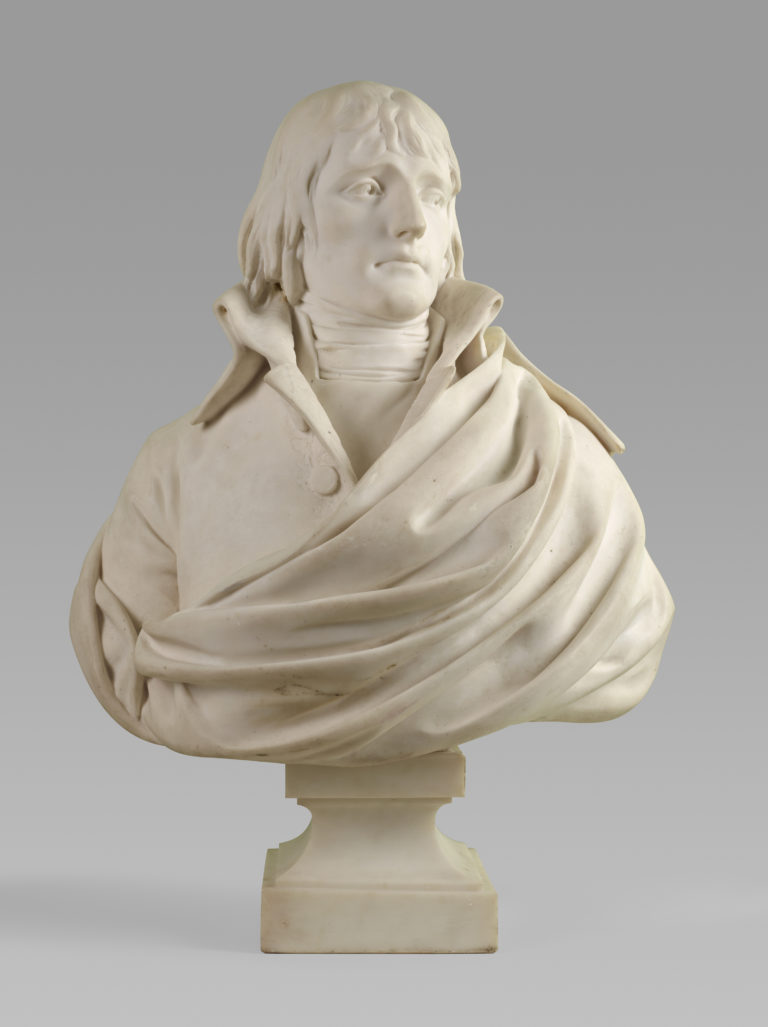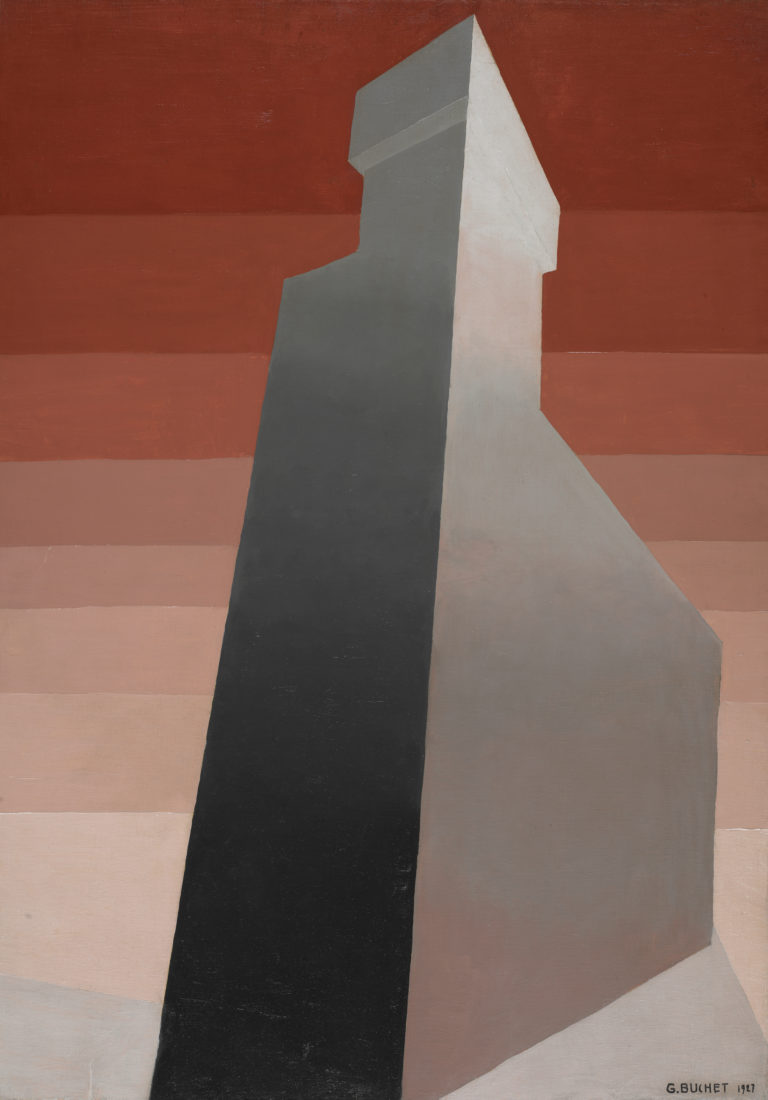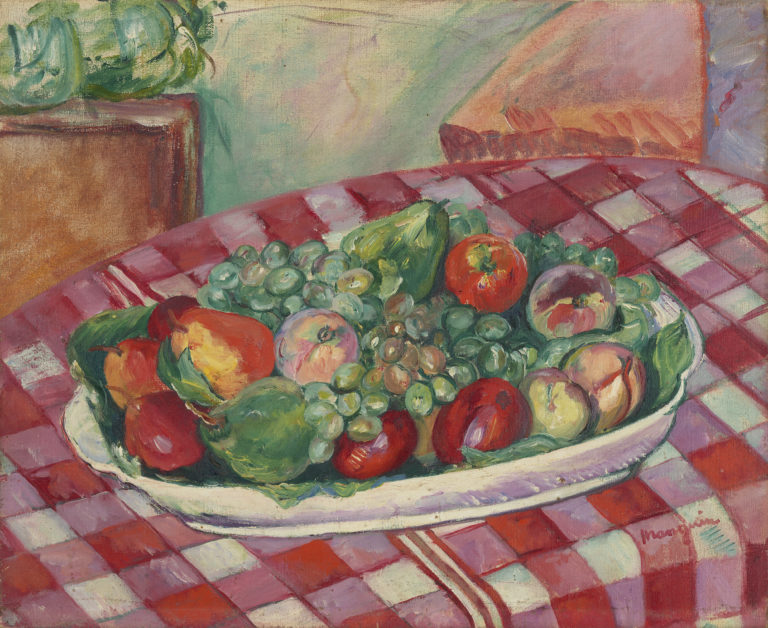Bibliography
Philippe Junod, Ravel, peintre genevois, Gollion, Infolio, 2020.
Philippe Junod, ‘Edouard Ravel, un peintre à redécouvrir,’ in Cahiers Maurice Ravel, n. 19, 2017: 59-86.
Pascal Ruedin (ed.), L’École de Savièse. Une colonie d’artistes au cœur des Alpes vers 1900, exh. cat. Sion, Musée d’art du Valais, Milan, 5 Continents Editions, 2012.




Edouard Ravel studied under Barthélemy Menn and Alfred van Muyden and eventually took up a teaching position at the Geneva School of Fine Art himself. Like many other Swiss artists of his generation, he made a pilgrimage to Val d’Hérens in the mid-1880s. Many of them took the time to visit the local artist Raphaël Ritz, who in the 1860s had specialised in scenes of peasant life in the Valais. Ravel’s works go even further than Ritz’s in creating a stereotypical mountain exoticism focusing on traditional costumes, unique local customs, and the rituals of Catholicism. The works played into the construction of Swiss national identity.
This naturalist scene portrays a procession arriving at the chapel to mark a patronal feast day. It features an exceptionally dense concentration of picturesque motifs, from the special occasion outfits to the colourful banners around the cross. The black hats alternate with white coiffes neatly pinned over chignons and the white hooded surplices worn by the penitents, contrasting with the red neckcloths, aprons, and ribbon trims on dark skirts. The tall format accentuates the narrow valley in the background and the height of the surrounding peaks. In the middle ground, the priest is shown blessing the crowd from the portico of a chapel, inspired by the chapel in Val Ferret rather than Val d’Hérens, indicating that the work was composed in the studio based on preparatory sketches carried out in the field.
The painting was presented at the Universal Exhibition in Paris in 1889, winning Ravel a bronze medal. It was also shown at the first Swiss National Exhibition in Bern the following year.